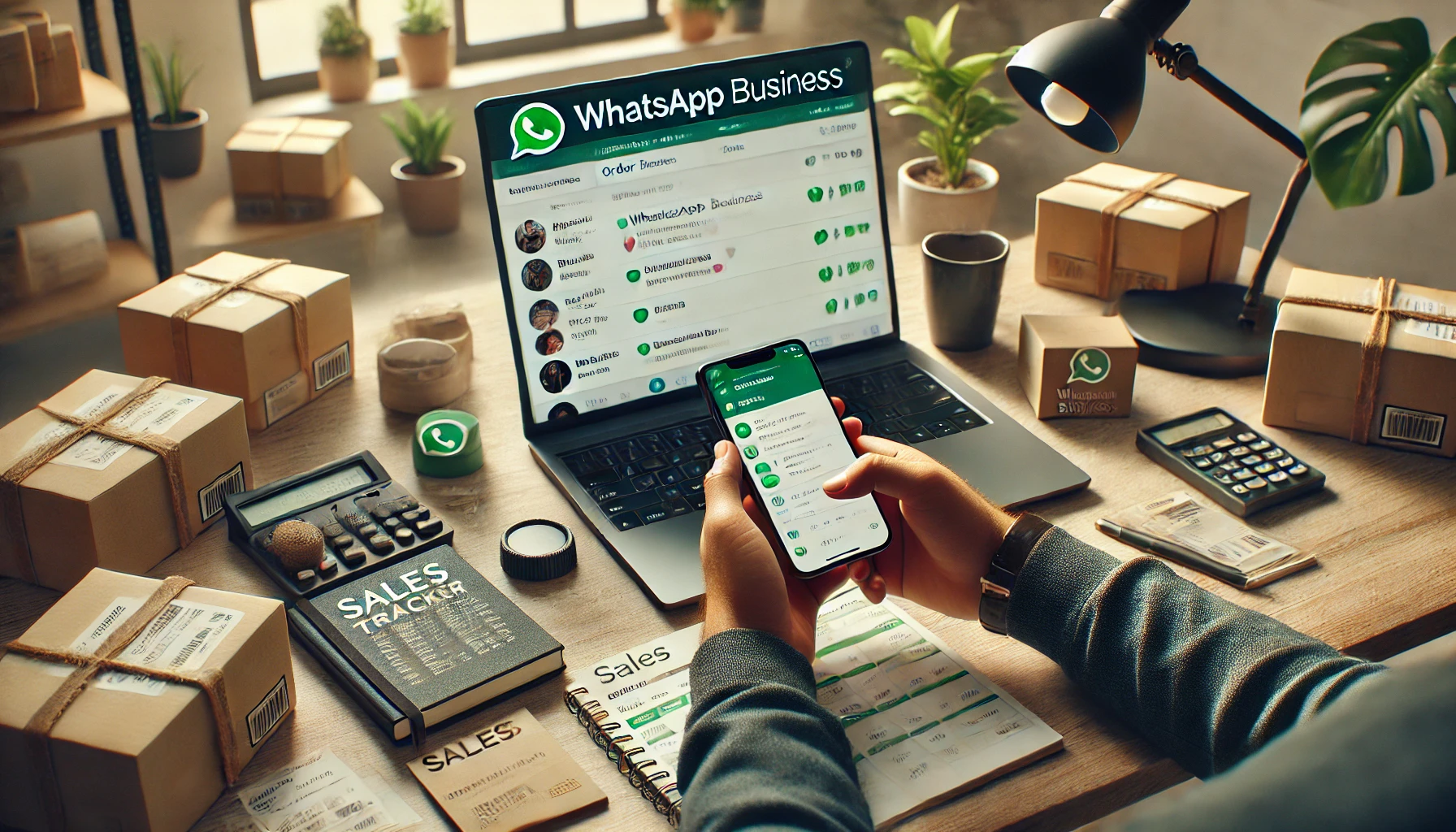WhatsApp isn’t just for chatting with friends and family—it’s also one of the most powerful tools for growing your business. With over 2 billion active users, WhatsApp lets you reach your customers in a fast, personal, and engaging way. And the best part? It’s free, easy to use, and incredibly effective when done right.
In this article, you’ll learn how to use WhatsApp to boost your sales, build relationships, and turn contacts into loyal customers.
Why WhatsApp Works for Sales
Unlike email or ads, WhatsApp feels personal. People check their messages constantly, and they’re more likely to engage with brands that communicate like real people.
Here’s why it works:
- High open rates: Messages are seen faster than emails
- Direct communication: No algorithm blocking your message
- Stronger relationships: Builds trust through conversation
- Quick responses: Reduces friction in the buying process
- Great for follow-ups and customer support
Whether you’re a service provider, product seller, or freelancer, WhatsApp can help you connect and convert.
Step 1: Choose the Right WhatsApp Account
You have two options:
✅ WhatsApp Messenger (Personal Use):
- Good for very small, informal businesses
- Limited business tools
- Messages can mix with personal chats (not ideal)
✅ WhatsApp Business App (Recommended):
- Designed for small businesses
- Includes features like:
- Business profile with contact info
- Quick replies
- Product catalog
- Labels to organize chats
- Automated welcome and away messages
It’s still free—and gives you the tools to grow professionally.
Step 2: Set Up a Strong Business Profile
Your profile is the first impression customers get.
Include:
- Business name
- Profile picture (preferably your logo)
- Description of what you offer
- Business hours
- Location and website (if you have one)
- Catalog of products or services
Make it clear and trustworthy. Treat it like your digital storefront.
Step 3: Build a Quality Contact List
Don’t just spam random people. Focus on permission-based communication.
How to grow your contact list:
- Add a WhatsApp button on your website or Instagram bio
- Offer a freebie or discount in exchange for contact info
- Use QR codes on packaging, flyers, or in-store displays
- Ask existing customers if they want updates via WhatsApp
- Include opt-in links in your emails
Only message people who want to hear from you—it’s better for relationships and sales.
Step 4: Use Broadcast Lists (the Right Way)
WhatsApp’s broadcast list lets you send one message to many contacts without creating a group.
Best practices:
- Only send to people who saved your number (or they won’t receive it)
- Keep messages short, relevant, and conversational
- Include clear calls-to-action (e.g., “Reply YES for more details”)
- Avoid sending too frequently (1–2x/week is enough)
Examples:
- New product announcements
- Special offers or limited-time deals
- Tips, tutorials, or behind-the-scenes updates
Step 5: Personalize Your Messages
Even if you’re sending to many people, make it feel personal.
Instead of:
“We have a sale today. Check it out.”
Try:
“Hey Maria! Thought you’d love this new item we just added—10% off for today only! Want the link?”
Use the person’s name, reference past purchases, and speak like a real human—not a robot.
Step 6: Use Labels to Stay Organized
In WhatsApp Business, you can label contacts to stay organized.
Examples:
- 🟢 New Lead
- 🟡 Interested
- 🔵 Paid
- 🔴 Follow-up
- 🟣 VIP Customer
This helps you manage conversations and keep your sales pipeline flowing.
Step 7: Create Quick Replies and Templates
Save time and stay consistent with pre-written messages.
Examples:
- “Hi! Thanks for reaching out. How can I help you today?”
- “Here’s the link to our full catalog: [URL]”
- “Great question! Let me check and get back to you in a few minutes.”
Automation doesn’t have to feel cold—it just makes you more efficient.
Step 8: Provide Fast, Helpful Customer Service
People love businesses that reply quickly and solve problems.
Use WhatsApp to:
- Answer product questions
- Send order confirmations
- Share shipping updates
- Resolve concerns in real-time
- Ask for feedback after a purchase
Good support = happy customers = more referrals = more sales.
Step 9: Use WhatsApp Status for Marketing
The Status feature is like Instagram Stories—except only your contacts see it.
What to post:
- Daily tips or behind-the-scenes
- Product highlights
- Limited-time deals
- Testimonials
- Polls or Q&A sessions
This keeps you top-of-mind without being intrusive.
Step 10: Track What’s Working
Pay attention to:
- Which messages get the most replies
- What times get better engagement
- Who buys after a WhatsApp conversation
- Which CTAs work best
Over time, you’ll learn how to optimize your messaging for maximum impact.
Final Thought: Make It Human, Make It Matter
People buy from people they trust—and WhatsApp lets you build that trust one message at a time. Keep it personal, respectful, and helpful, and you’ll create not just sales, but strong customer relationships that last.
